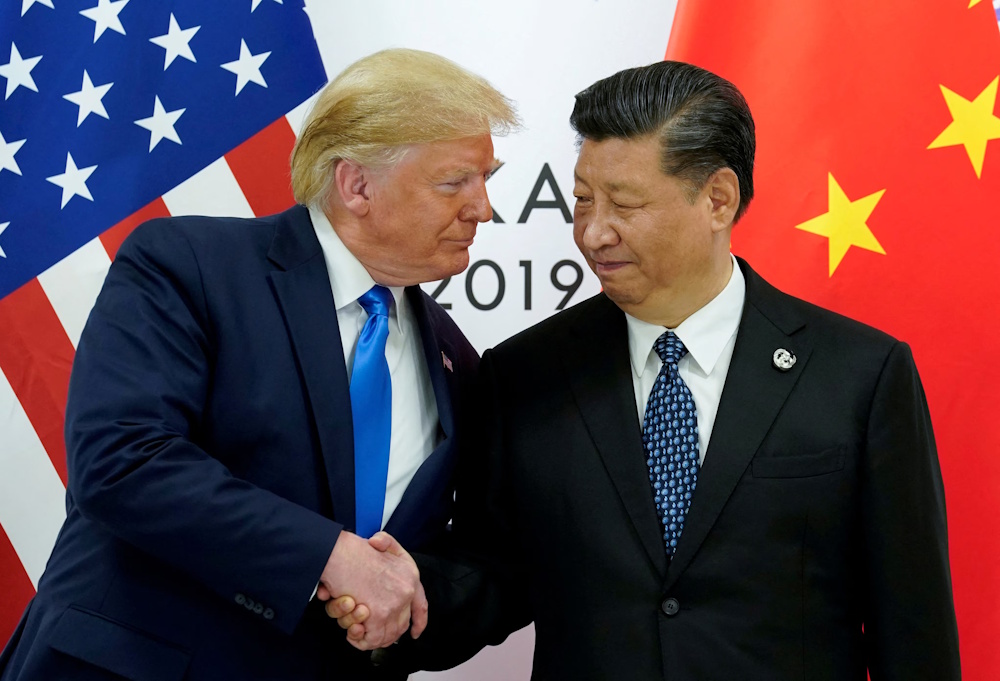
The significant trade conflict initiated by President Donald Trump has been impacting both the Chinese and American economies. China finds itself in a considerably more vulnerable position, primarily as a result of longstanding issues; however, the recent trade agreement is expected to have minimal impact on either of the globe’s two largest economies. At first glance, the reports emerging from the landmark meeting between Trump and Chinese leader Xi Jinping indicate a significant triumph for both parties involved. The agreement stipulates that the United States will reduce tariffs on Chinese goods by 10%, resulting in an effective rate of 47% on Chinese exports. In return, China is expected to postpone export controls on rare earth elements and enhance its purchases of American soybeans. Such measures could potentially mitigate some of the distress experienced by businesses and consumers since Trump’s return to office. However, it will require significantly more effort to remedy the underlying issues that have been developing over time. For a specific segment of the American economy that has been significantly impacted by the renewed trade conflict with China, the agreement may arrive after the optimal moment.
American soybean farmers have been grappling with the ramifications of China’s effective embargo on the commodity that commenced in May, coinciding with the implementation of higher tariffs. Until this week, China had not made any purchases of American soybeans, which represent the leading agricultural export for the United States. China has traditionally served as the foremost export destination for American soybeans; consequently, the embargo has markedly reduced American soybean prices over recent months. Despite Trump’s assertion that China will purchase “tremendous amounts” of soybeans, the peak harvest season is currently underway, leading many US farmers to potentially have sold their crop yields at diminished prices. The US job market shows no immediate solutions on the horizon. Trump took office with a labor market that was already showing signs of deterioration, and the most recent data indicates that hiring has significantly decelerated in the past few months. The implementation of aggressive and unpredictable tariffs has intensified the situation, leading businesses to exhibit reluctance in expanding their workforce due to prevailing uncertainty.
US companies are increasingly laying off workers as well. For the first time in years, the number of unemployed individuals exceeds the number of available jobs, as per reports. Advancements in artificial intelligence are contributing to certain layoffs, as evidenced by Amazon’s significant job reductions this week. While rate cuts have historically served as the Federal Reserve’s main instrument to bolster the labor market, central bankers assert that AI may have already inflicted systemic damage that cannot be remedied through monetary policy. In recent remarks, Fed Governor Christopher Waller emphasized that even over an extended timeframe, “if AI constitutes a structural shift in the demand for labor, monetary policy will not be an effective tool.” The American labor market has exhibited signs of deterioration over the past several months. President Donald Trump’s historic tariffs have resulted in increased caution among employers regarding hiring decisions. Furthermore, there is an increasing apprehension that reduced interest rates may yield detrimental effects rather than beneficial ones, exacerbating inflation during a period when the costs of goods and services are already elevated. Certain aspects of inflation can be linked to increased tariffs, while others stem from stricter immigration policies that have reduced the labor supply in sectors such as child care and agriculture. For China, although its exports have demonstrated notable resilience this year amid Trump’s global tariff offensive, its enduring domestic economic challenges have continued to the extent that the immediate advantages of a trade deal appear diminished in comparison to those for the United States.
Central to the uncertainties surrounding China’s economic prospects are a sustained decline in the property sector, ongoing deflationary pressures, weakened consumer confidence, and elevated levels of youth unemployment. “Beyond a cyclical impulse, it’s hard to see today’s revised trade terms as materially shifting China’s more structural challenges at home, where we think tariffs are, if anything, fading in macro relevance,” stated Louise Loo. She noted that the reduction of the fentanyl-related tariff included in the Thursday agreement could, at most, contribute a “marginal” 0.2% increase to China’s growth forecast for the upcoming year. Recent economic data from China persists in presenting a bleak outlook. In September, the decrease in factory-gate prices continued for the 36th consecutive month; however, the decline has moderated due to Beijing’s recent efforts to control price competition in certain sectors. Consumer demand is weakening, with retail sales growth falling to a 10-month low of 3% in September. China’s new home prices experienced their sharpest drop in 11 months, and the ongoing property crisis is expected to continue pressuring sentiment. The agreement reached between Trump and Xi can be regarded as preliminary — no formal signatures have been affixed. It is likely that multiple meetings will be needed to finalize a binding contract, if at all. For now, both economies can only take solace in the absence of Trump’s threat of an additional 100% tariff on Chinese exports, which would have likely prompted retaliation from Beijing.

